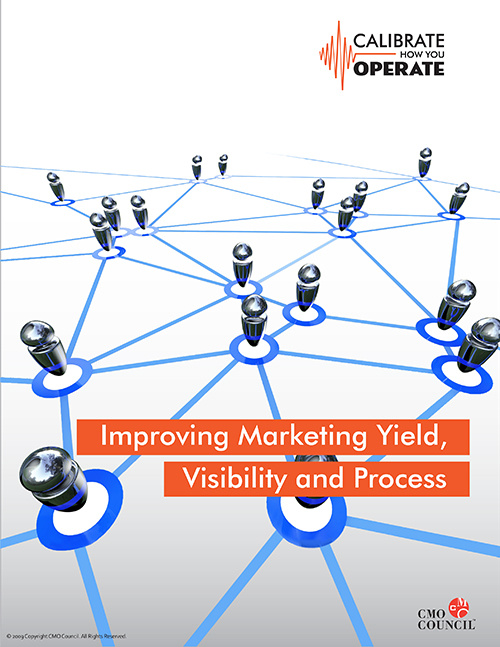Calibrate How You Operate
Marketing operational models are becoming increasingly complex and more crucial to the strategic success of global businesses, but are facing significant challenges from entrenched corporate cultures, inter-departmental politics, and a lack of adequate data and information systems. According to new research, marketers fear they will be unable to implement the needed marketing platforms and automated processes required to effectively support strategic growth initiatives. Calibrate How You Operate reveals that global marketing executives are challenged by a lack of corporate mandate for alignmen More







